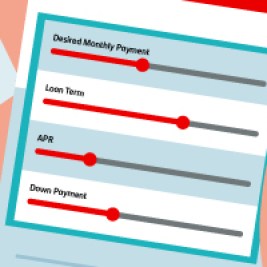How to use your tax refund* on a car
Tips for using your tax refund to buy a car Average tax refund last year was around $3,000 Upgrading insurance coverage It’s that time of the year. Like millions of other Americans, you’re doing the hard work and preparing to…





